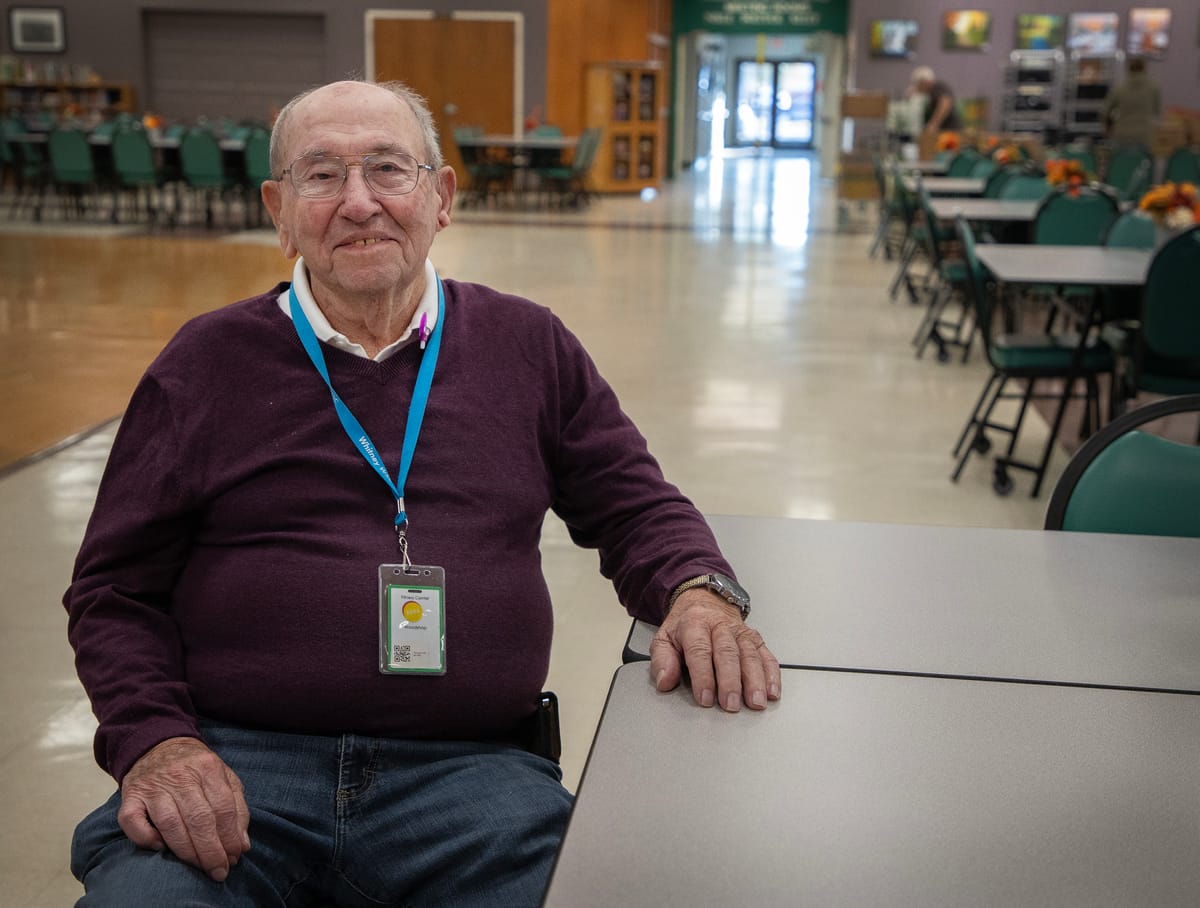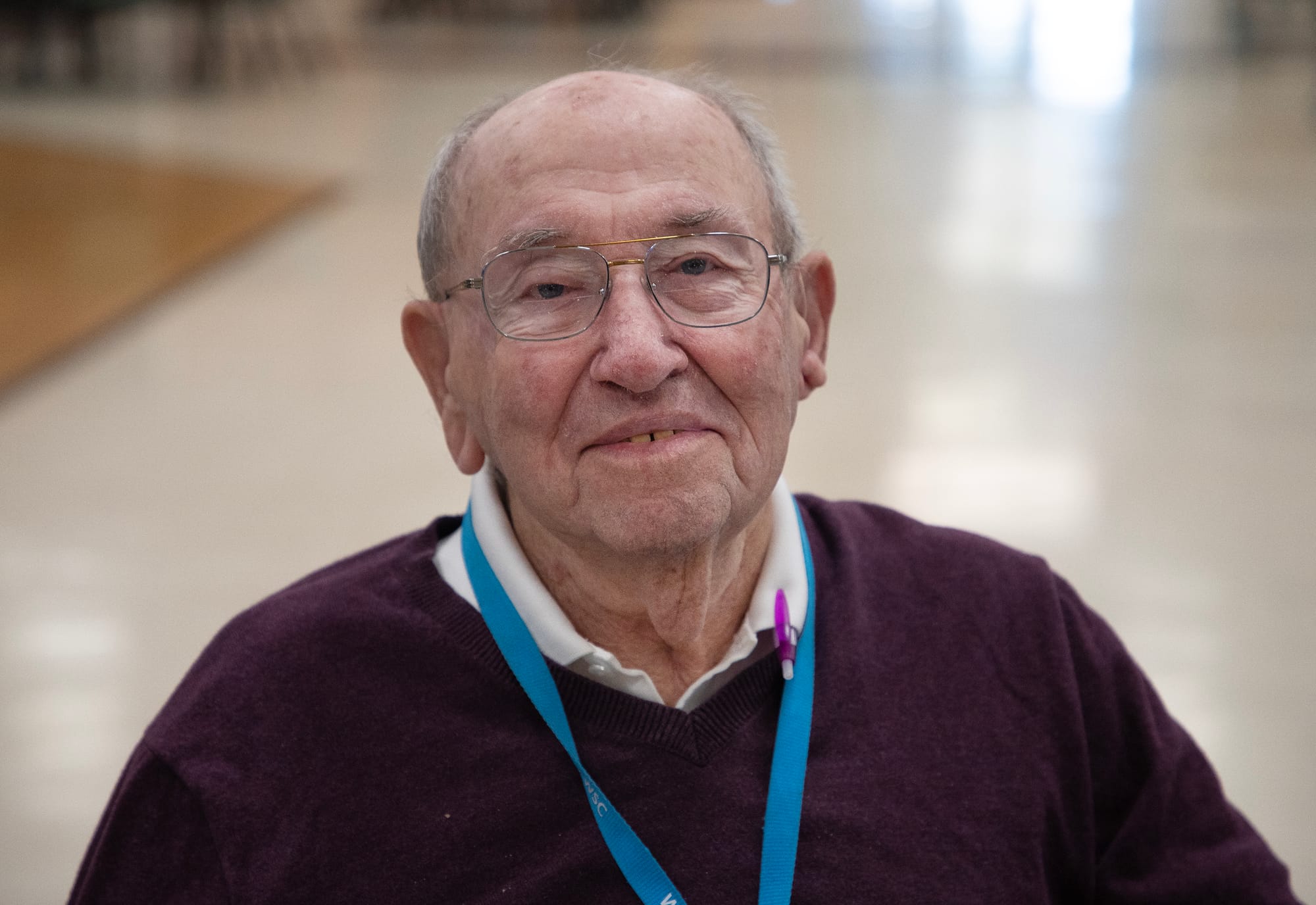Bustling senior centers offer community to older Minnesotans
Senior centers can help older adults combat social isolation and loneliness if they can attract members, offer interesting programs, and overcome transportation or technology barriers.

ST. CLOUD, Minn. — Gordon Fish sought a robust senior center when he decided to move to Minnesota to be closer to his children.
“When you lose your mate, you're really in a situation where you're quite lonesome, so you're looking for some kind of interaction with people and … it's sort of important that you find a place where you can interact with other people close to your own age,” the 89-year-old said.
The U.S. Surgeon General declared social isolation and loneliness an epidemic in 2023. Older adults face the highest rates of social isolation in the U.S., according to the surgeon general’s advisory.
“Lacking social connection can increase the risk for premature death as much as smoking up to 15 cigarettes a day,” the advisory said.
• Someone is considered socially isolated when they have few social relationships, social roles, group memberships, and infrequent social interaction.
What is loneliness?
• In contrast, loneliness is a more subjective experience where a person feels isolated or lacks social connections that meet their needs.
Source: Our Epidemic of Loneliness and Isolation, U.S. Surgeon General's Advisory on the Healing Effects of Social Connection and Community.
In action
Staff at the Whitney Senior Center in St. Cloud work every day to connect seniors to the community and to their peers, said Paula Woischke, the center’s director.
The center has more than 1,500 members and offers a variety of programs, classes, and events. They started offering virtual classes during the COVID-19 pandemic, and continue to offer hybrid classes because they are so popular, Woischke said.
Fish used the fitness center most often after moving to St. Cloud. He also likes the educational sessions, cribbage club, and tours. Fish participated in a tour of the police department. He went with a group to see where the new fire station will be built. He joined a bus trip to a Minnesota Twins game.
“There's so many things going on that you can kind of pick and choose what you want to do and get involved as much as you want,” he said.

He visits the Whitney Senior Center two or three times per week, and it’s an integral part of his life.
“If I'm not going to the senior center, I pretty much sit and do nothing – it's terrible,” he said.
Not all senior centers are equal
Fish visited communities in Wisconsin, Iowa, Illinois, and elsewhere in Minnesota before he decided where to settle. Some of the communities had senior centers with no participation from residents, or programming that revolved around serving seniors lunch.
He wanted more.
Woischke said it can be hard to recruit members in some communities.
“It’s still the stigma – and it’s across the nation – about being a senior center,” she said. “We are more like a community center, but some people will always have in their head that ‘I'm not old enough to go to the senior center.’ And then they don’t realize what they’re missing out on.”
Lack of transportation and broadband access can be barriers, especially in rural Minnesota, Woischke said.
Sign up for Project Optimist's newsletter
Solution-focused news, local art, community conversations
It's free. No spam. Unsubscribe anytime.
Senior centers also have to cater to people in a large age range with varied interests.
“Younger baby boomers have different needs than others,” she said. “It’s a big lifespan, 55-plus … you can’t lump them all together.”
 Project OptimistJen Zettel-Vandenhouten
Project OptimistJen Zettel-Vandenhouten
Furthermore, Woischke and her staff try to reach the community’s East African, BIPOC and Latinx communities through the Whitney Without Walls Program.
“We’re training our staff, trying to recruit staff from those populations, and also training them to be community health workers, and then trying to engage them (residents) out in the community, so not necessarily everyone is going to come here to the senior center,” Woischke said.
Coming up
The surgeon general’s advisory emphasized that loneliness is also a major issue for young adults.
“Young adults are almost twice as likely to report feeling lonely than those over 65,” the advisory said.
Project Optimist has events and additional stories on social isolation and loneliness in the works. The stories will focus on solutions that cross generations, in addition to those that specifically target young people.
This story was edited and fact-checked by Nora Hertel.
